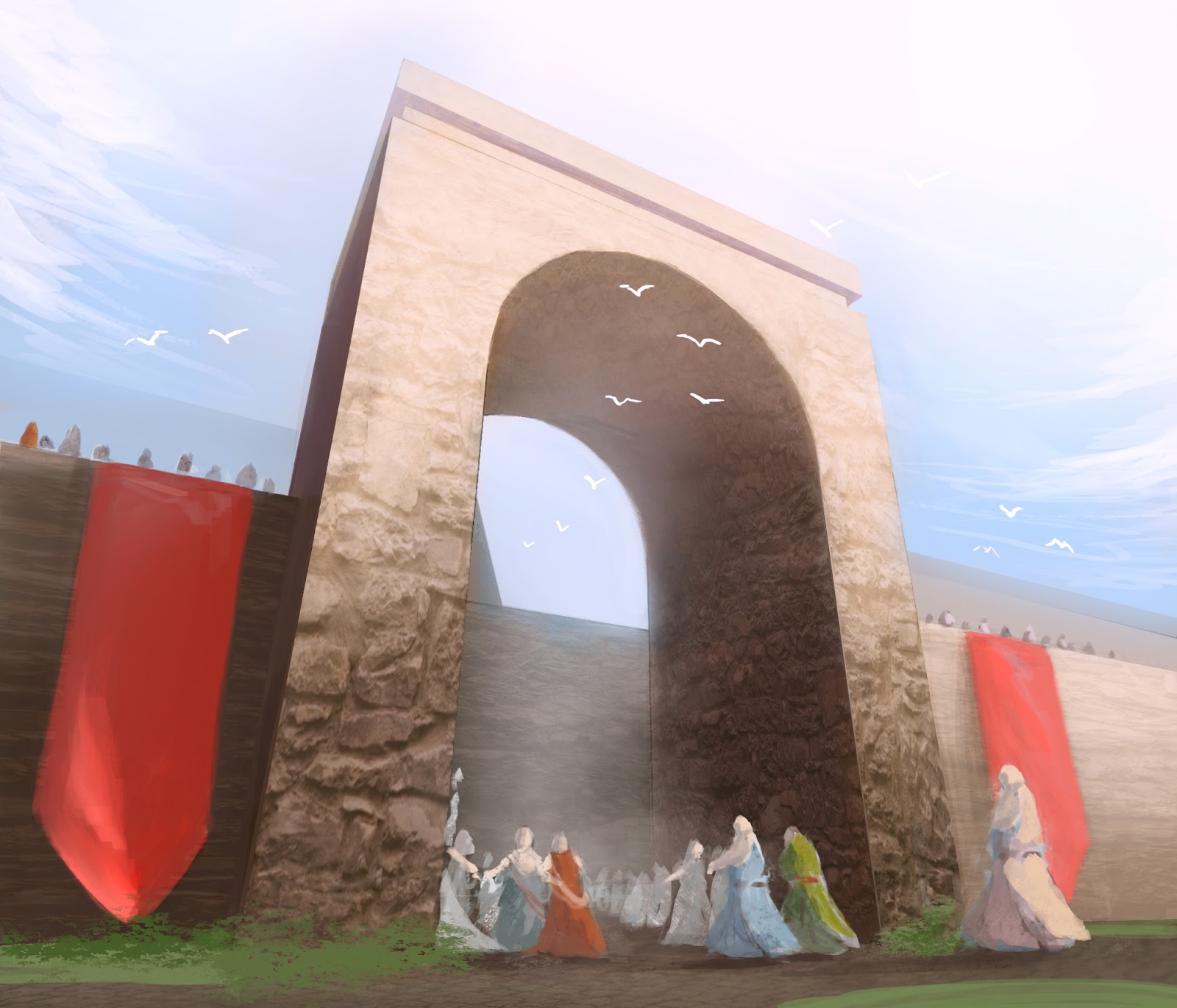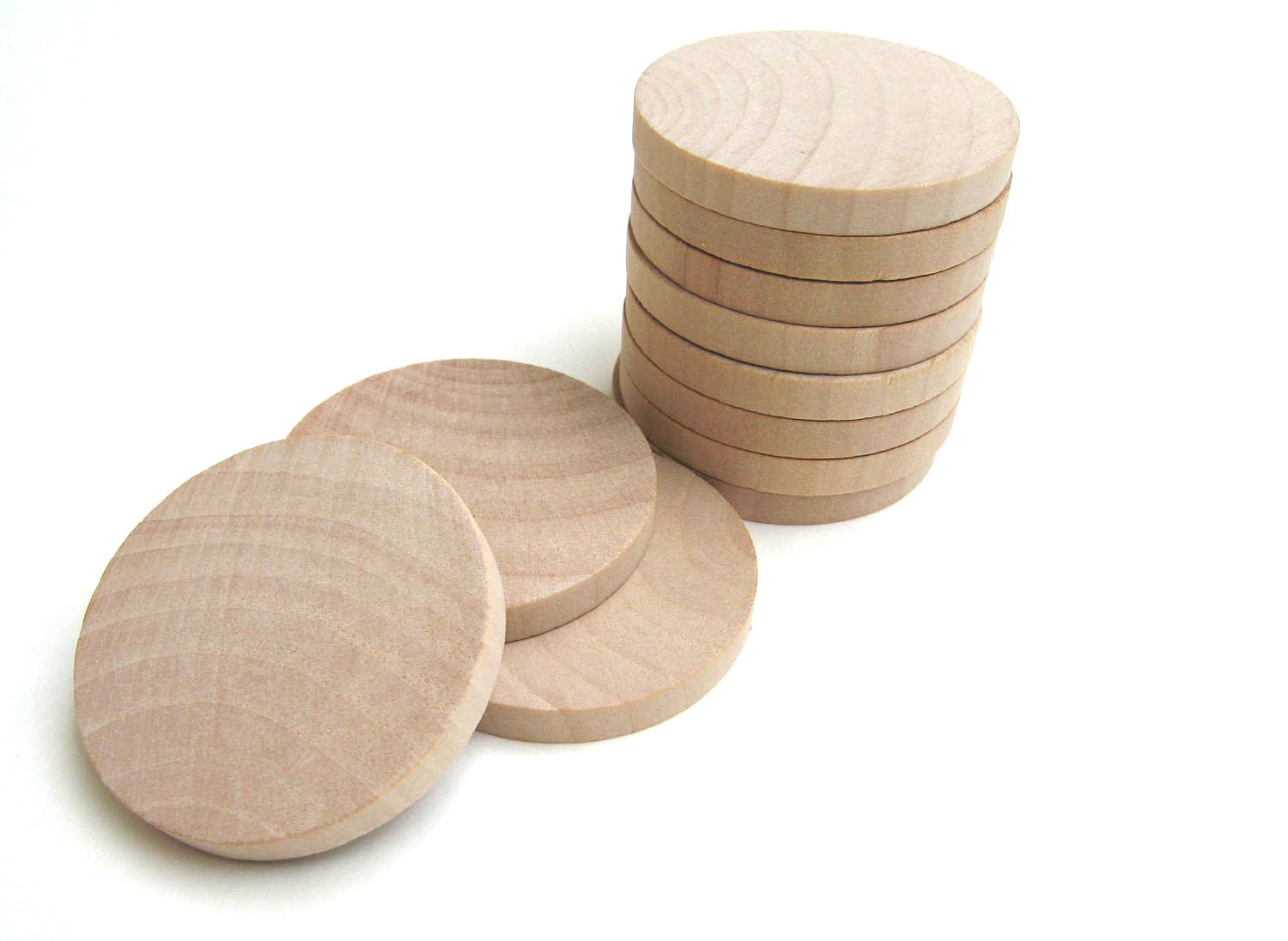The world
of board games is no stranger to all kinds of digital aids, which rose in
popularity with the introduction of smartphones. Unofficial scoring helpers for
games such as Agricola or 7 Wonders, a life and status tracker
for Sentinels of the Multiverse or set randomizers for different
deckbuilding games seem as natural as a scoring pad or a simple sheet of paper
and a pencil. But is this just a novelty or a great shift in gaming?
If you’ve been to Essen this year, you probably had a chance to play XCom: The Board Game from Fantasy Flight Games. Perhaps you were one of the people who bought Alchemists from Czech Games Edition. And you know that, in essence, both of these games require a digital component to play (with Alchemists introducing a token alternative to having at least one smartphone at the table).
 |
| 7 Wonders Scorer by Forrest Wang (source: https://itunes.apple.com) |
If you’ve been to Essen this year, you probably had a chance to play XCom: The Board Game from Fantasy Flight Games. Perhaps you were one of the people who bought Alchemists from Czech Games Edition. And you know that, in essence, both of these games require a digital component to play (with Alchemists introducing a token alternative to having at least one smartphone at the table).
Alchemists has recently been “ran through” by
Richard Ham (known and loved by the gaming community as Rahdo). The naturally mouth-watering main part was then
supplemented by Rahdo’s opinion on digital components in the runthrough finalthoughts. Suffice to say, that he his attitude was quite positive, with a few
very good arguments against all the things people seemed most unhappy about
when it came to fusing board games and digital applications.
 |
| Alchemists official cover by CGE (source: BGG) |
The truth is that I wholeheartedly agree with most of the points in the video. Making the argument that Alchemists would be unplayable in twenty years, which seemed to surface most often when it came to both the newest CGE outing, as well as when XCom was being discussed, is indeed not a very strong one - especially now, when finding all sorts of digital media from two decades ago seems easier than ever. The same goes for all sorts of “no smartphones” table policies. There is, however, one thing that surfaced in the general discussion – an argument mostly made by all those truly excited about including digital elements in board games.
 |
| Alchemists by CGE Selecting another position on an iPhone @ Spiel 2014. (source: BGG) |
On a somewhat personal note I should say, that I am not sold on the idea of mandatory application use for my board games. Although I love the social aspect of gaming, I also find the physical aspect of games very appealing. Simply put, I like touching and moving the components, and distancing the player from some of the game elements by putting them behind a touch screen is something I am not crazy about. Still, what the enthusiasts say is that this step allows for introduction of mechanisms simply too complicated or too fiddly to implement in a fully analogue game. And that resonates with me on a completely different level.
From a
designer and publisher perspective it might be extremely tempting to start
looking closely at the possibility of removing some of the in-game busywork and
hiding it within the depths of a simple app. But there are broader implications
everyone – those who make games and those who play them – should possibly
consider. And it is one of the elements that makes board games what they are
today, possibly even being responsible for their growing popularity in a world
that seems completely submerged in its digital existence.
 |
| The Settlers of Catan cover (source: BGG) |
Since Settlers of Catan made its glorious appearance on the market, paving the way for games very unlike older American titles – complicated, heavy with rules, often convoluted or inconsistent enough to make them very niche products – tabletop gaming was about simplicity. Board game mechanisms can only be so complicated, and beyond a certain level lies a realm of games played only once a year, or only be their greatest and most devoted fans. The trick is – and has been for the last twenty years – to design systems that introduced interesting decisions or simulated complicated ideas in a simple, digestible form.
Make no
mistake: introducing digital components to a tabletop game is a great
opportunity, but I sincerely do not think that these elements will start taking over board
gaming anytime soon for a simple reason. The more complex systems have already
ruled the tabletop gaming world and (although still existing and doing well)
they failed as its mainstream. Reintroducing them using mandatory apps is a
novelty that is probably here to stay, but not dominate the scene. When it
comes to high complexity simulations with internal systems hidden away from the
players, we already have those: they are called videogames.
__________________
Follow us on Twitter: @NSKNGames















































